Across India, rooftop solar is fast becoming a household choice for those looking to cut electricity bills and embrace clean energy. Yet, every year as the monsoon clouds gather, one question seems to return: will solar panels still work when it rains? The assumption that solar becomes ineffective in the rainy season has held back many from making the switch, but the truth is very different.
India’s Solar Advantage
India is among the most solar-rich countries in the world. The National Institute of Solar Energy has estimated that the country receives nearly 5,000 trillion kilowatt-hours of solar energy annually, with most regions averaging 4–7 kilowatt-hours per square metre per day. Even when skies are overcast, sunlight continues to reach the earth in the form of diffused radiation, and modern solar panels are designed to capture it.
Here’s the reality: While solar generation may decrease during the monsoon season, panels in India can still produce 7–8 units per day from diffused sunlight, ensuring energy supply continues even on cloudy and rainy days. This isn’t about bright sunshine alone, it’s about daylight, which penetrates cloud cover consistently.
Global Proof: Solar Thrives Without Endless Sunshine
This is not just theory. Germany, with nearly 100 gigawatts of installed solar capacity, and the United Kingdom, with about 18 GW, have emerged as solar leaders despite their cloudy climates. Rooftop and utility-scale solar systems consistently contribute 5–10% of annual electricity generation, proving that solar energy remains productive without uninterrupted sunshine.
In India, the consistency of solar power during monsoon holds true. A recent analysis by Solargis – a global solar data and analytics company found that weather-related variations, including the impact of monsoon cloud cover, accounted for only a 3–10% decline in solar irradiation in 2024 compared to long-term averages. These dips are modest, and rooftop systems are designed to account for them when calculating annual output.
How Solar Panels Perform During Monsoons
Panels typically experience only a 10-20% reduction in output during monsoons, not a complete shutdown. The reason is simple: modern panels efficiently capture diffused light, converting scattered sunlight even on cloudy days. Overcast skies still provide sufficient brightness for panels to function effectively and generate meaningful electricity.
Moreover, the annual balance of generation ensures that summer’s excess easily compensates for monsoon reductions, keeping performance steady and reliable across the year. So, the end users are not paying for solar based on daily output, but on yearly savings and those savings remain compelling.
The Hidden Benefits of Monsoon Season
Ironically, the rains that many see as a drawback often bring overlooked benefits. Dust and pollutants that gather on panels during dry months are naturally washed away by monsoon showers, helping them operate closer to peak efficiency. This reduces the need for frequent manual cleaning and ensures households benefit from higher performance without additional effort.
There’s another advantage: rain-cured concrete foundations develop 30% greater strength compared to artificially cured alternatives. This natural curing process during monsoon installations creates superior long-term stability for the panels’ 25+ year lifespan, significantly reducing structural maintenance costs over time.
Strong Economics – Rain or Shine
The financial case for rooftop solar remains just as strong during monsoons. Under India’s grid-connected rooftop program, systems are designed to offset a significant share of household consumption and deliver long-term bill relief. Beyond immediate savings, rooftop solar provides a hedge against rising electricity tariffs, locking in predictable energy costs for years to come.
Moreover, government subsidies, net metering policies, and declining solar panel costs have further improved the return on investment, making rooftop solar not only an environmentally conscious choice but also a sound financial decision for households across urban and semi-urban India.
Here’s a bonus: the monsoon season itself brings a golden opportunity for adopters. Installers often offer 20-30% discounts on complete systems due to reduced demand during the rainy months, turning the season into a buyer’s market and giving homeowners greater negotiating power.
The Bigger Picture
India enjoys an average of 250 to 300 sunny days each year, giving it one of the strongest solar profiles globally. Seasonal rains are therefore just a small chapter in a much larger story of potential. Every rooftop that makes the switch reduces dependence on fossil fuels; eases stress on the grid during peak summer demand and contributes to lowering carbon emissions.
For Indian households considering the switch, the numbers tell a clear story. A typical residential rooftop system pays for itself in 4-6 years through electricity savings, then continues delivering free power for two decades more. The monsoon dip, just three to four months is easily absorbed in this long-term calculation.
Time to Rethink the Myth
The monsoon myth, then, does not stand up to evidence. Solar panels continue working under cloudy skies, and their annual performance remains consistent and dependable. The technology is proven, the economics are sound, and millions of Indian homes are already benefiting.
For Indian households, the conclusion is simple: rooftop solar is a year-round ally, offering both economic savings and environmental benefits. The clouds may roll in, but they do little to dim the promise of the sun. If anything, the monsoon season might be the smartest time to invest is when discounts are high and the competition for installers is low.
The question isn’t whether solar works in the monsoons. It does. The real question is: how much longer do you want to keep paying high electricity bills when a reliable, clean alternative is available?
The views and opinions expressed in this article are the author’s own, and do not necessarily reflect those held by pv magazine.
This content is protected by copyright and may not be reused. If you want to cooperate with us and would like to reuse some of our content, please contact: editors@pv-magazine.com.
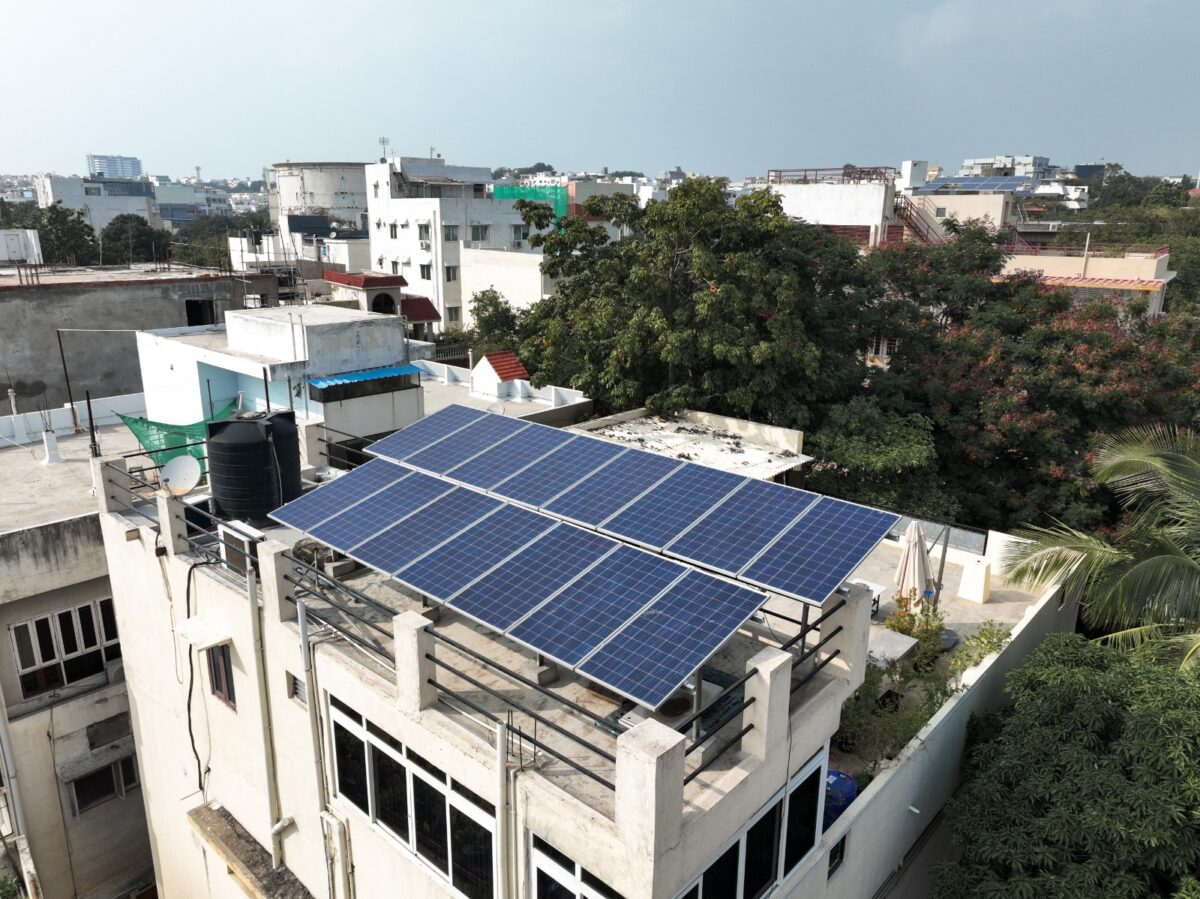
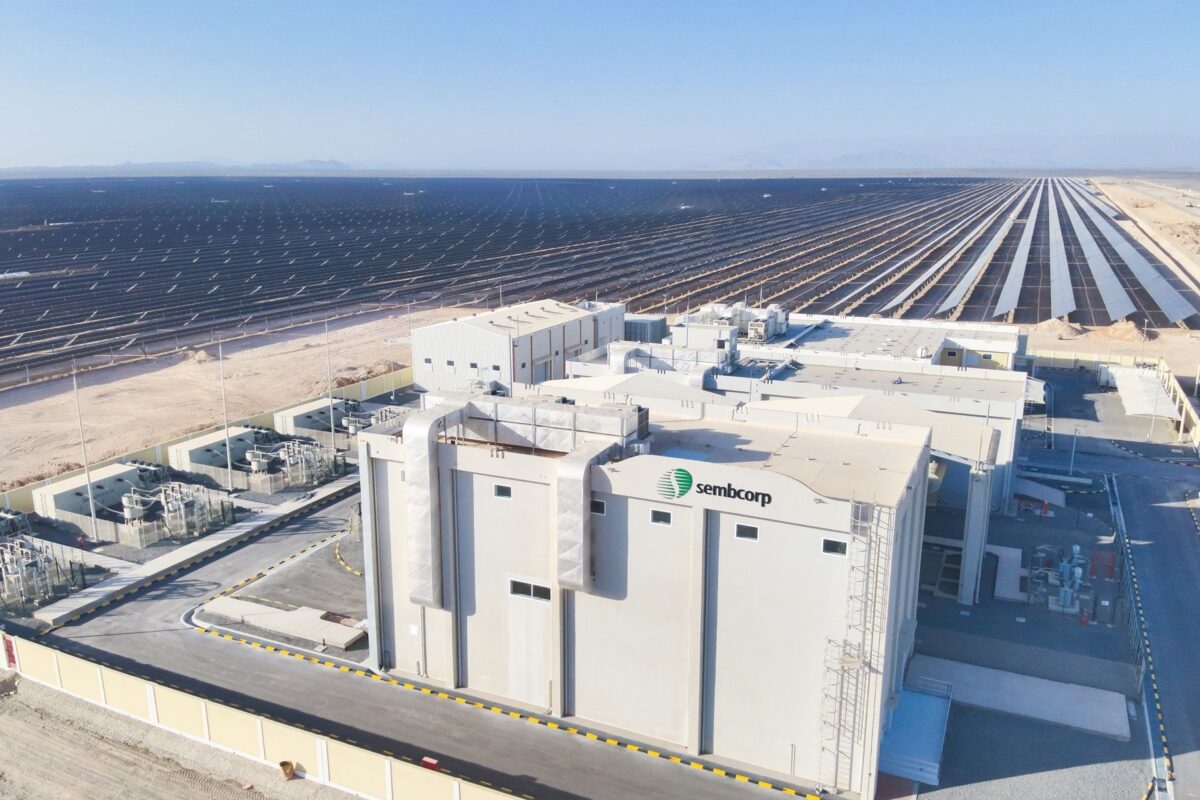


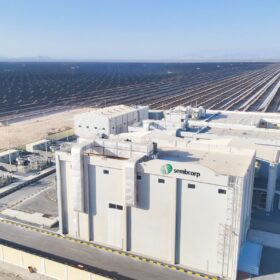
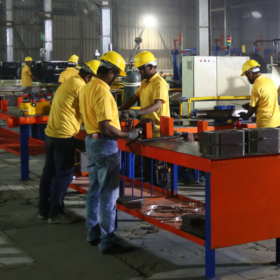
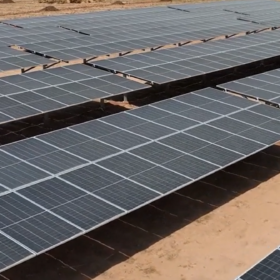

1 comment
By submitting this form you agree to pv magazine using your data for the purposes of publishing your comment.
Your personal data will only be disclosed or otherwise transmitted to third parties for the purposes of spam filtering or if this is necessary for technical maintenance of the website. Any other transfer to third parties will not take place unless this is justified on the basis of applicable data protection regulations or if pv magazine is legally obliged to do so.
You may revoke this consent at any time with effect for the future, in which case your personal data will be deleted immediately. Otherwise, your data will be deleted if pv magazine has processed your request or the purpose of data storage is fulfilled.
Further information on data privacy can be found in our Data Protection Policy.